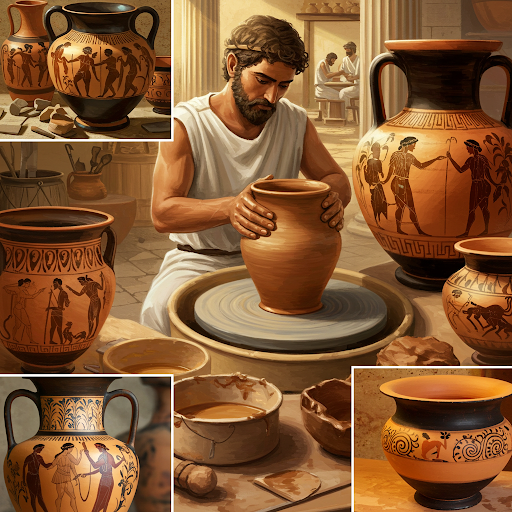ARCHAEOLOGISTS studying a fourth-century mosaic in Cyprus believe it depicts an ancient criticism of the early Christian faith.
The intricate mosaic was uncovered in 1983 by a team of Polish archaeologists in the ancient city of Nea Paphos on the west coast of Cyprus. An excavation led in the city's residential quarters found the mosaic on the floor of a fourth-century villa dubbed Aion's House. At first glance, the 172 square foot (16 square metre) mosaic appears to depict scenes from Greek mythology.
Parts of it feature the Greek god Zeus and the Ethiopian queen Cassiopeia, the mother of Andromeda, as well as the half-goat half-men satyrs.
But the mosaic's true meaning has eluded the archaeologists for nearly 40 years - until now.
According to Dr Marek Olszewski from the Department of Archaeology at the University of Warsaw, Poland, the mosaic could very well be a criticism of the Christian faith.
The fourth century marked a time of great development for the followers of Jesus Christ.
Archaeology news: This ancient mosaic is likely a mockery of the early Christian faith (Image: GETTY)
Archaeology news: This scene could be a mockery of baby Jesus and the Virgin Mary (Image: GETTY)
In the year 313 AD the Roman Emperor Constantine issued the Edict of Milan, which accepted Christianity.
And just 10 years later, the faith began to take a more concrete shape with uniform doctrine adopted during the First Council of Nicaea.
Finally, Nicene Christianity was officially adopted as the faith of the Roman Empire in the year 380 AD.
But not everyone was accepting of the new faith during these times, as demonstrated by the Nea Paphos mosaic.
Dr Olszewski said: "This mosaic is an illustrated anti-Christian polemic in a period of growing domination of the followers of the Christian faith."
In his opinion, it was most likely inspired by a third and fourth-century movement known as Neoplatonism.
The religious and political movement was particularly popular among the elite of the times.
And at the time of the villa's construction, the Roman administration was increasingly rejecting old pagan beliefs in a move towards Christianity.
This led to many confrontations between people clinging to their old ways and the followers of Christ.
Archaeology news: Christianity was growing during the fourth century AD (Image: GETTY)
According to Dr Olszewski, the Nea Paphos mosaic has been analysed by specialists across a wide range of fields.
But in his opinion, the mosaic makes use of allegory, analogy and personification to make a point about Christianity.
For instance, he argued, an image of the god Dionysus sitting on a Hermes' lap is a mockery of a baby Jesus sitting on the Virgin Mary's lap.
Similarly, a scene depicting Apollo sentencing the satyr Marsyas to death mirrors the scene of Pontius Pilate sentencing Jesus to be crucified.
Dr Olszewski said: "All of these rhetorical principles were used in the rhetorical arts, but they had a wide impact on other arts, including the visual arts.
"The mosaic is built on the principles of rhetorical antithesis to the principles of the Christian faith."
And it is likely more examples of such visual criticism or mockery are out there.
For examples, Dr Olszewski said polemic mosaics from the third and fourth centuries were also found in Syria.
Source: www.express.co.uk











